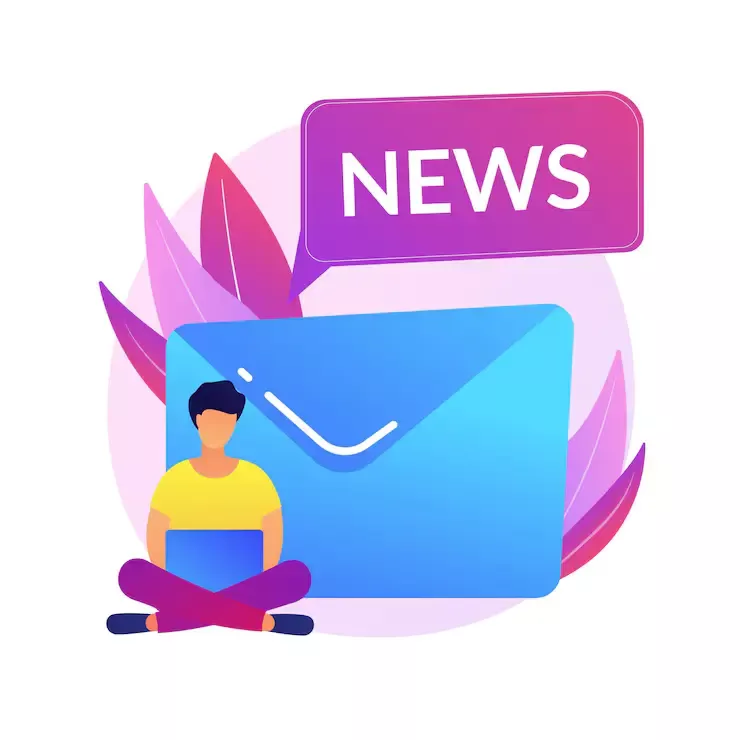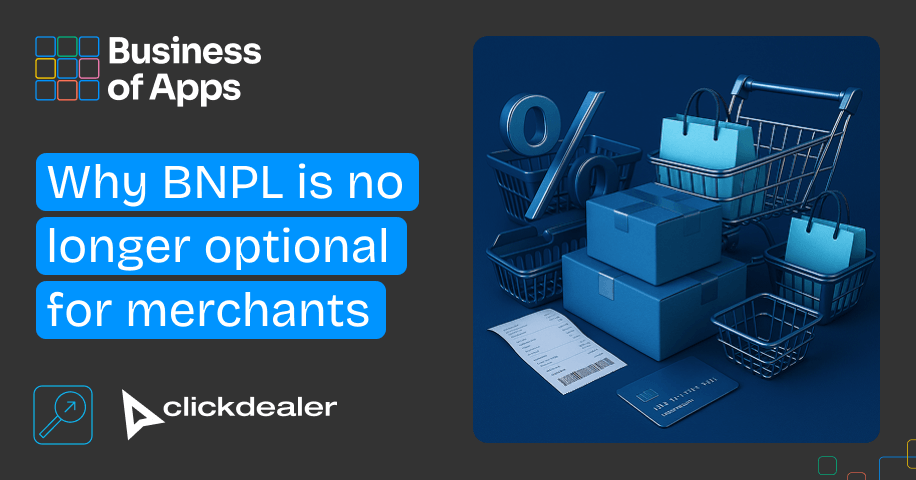Partner Articles
- All
- RollerAds
- Adsterra
- Epom
- ClickDealer
- Monetag
- Mondiad
- Kinsta
- HilltopAds
- Clickadu
- PubFuture
- BigSpy
- Venatus
- 152 Media
- Refinery89
- YieldMonk
- MyBid
- Profit Ninja
- Epom Market
- Sanebox
 Website Monetization
Website Monetization
Direct link ads continue to play a quiet but important role in publisher monetization in 2026. While they don’t always get the same attention as display or video, they consistently deliver strong CPM-equivalent returns, especially for mobile-first, global, or click-heavy traffic. For many publishers, direct links fill a gap that traditional ads struggle with. Low-intent visitors, non-Tier-1 geos, and traffic that scrolls fast but clicks often can be difficult to monetize with impressions alone. Direct links flip that model. Every click is monetized. There’s no waiting for viewability or fill rates to align.
 Website Monetization
Website Monetization
For most publishers, video is no longer an experimental add-on. In 2026, it’s the format that quietly defines how much revenue a page can realistically generate. Across the industry, video CPMs continue to sit well above display. In practical terms, publishers with clean layouts and steady traffic often see video delivering 3× to 6× the CPM of standard display, with higher ceilings when audience quality and placement line up. What matters most now isn’t whether video works, but how thoughtfully it’s deployed.
 Website Monetization
Website Monetization
Email newsletters have quietly become one of the most profitable ad channels in 2026. In many cases, newsletter CPMs now beat traditional display ads by a wide margin, especially for niche audiences. While average web display CPMs often sit in the low single digits, newsletter sponsorships regularly close in the $30–$100+ CPM range for targeted lists. A big reason is trust. Subscribers opt in. Open rates are measurable. Advertisers know exactly who they are reaching. As brands move away from third-party cookies and broad targeting, newsletters offer something rare: direct access to first-party audiences with clear intent. That shift has pushed more B2B, SaaS, fintech, ecommerce, and creator-led brands toward email sponsorships.
 Affiliate Marketing
Affiliate Marketing
Buy Now, Pay Later (BNPL) services have become indispensable for merchants by 2025, transforming from a trendy alternative into a core payment option that drives e-commerce growth, particularly among millennials and Gen Z shoppers who prioritize flexible financing. These solutions allow customers to split purchases into interest-free installments, significantly cutting cart abandonment rates - often by 20-30% - while boosting average order values through reduced price sensitivity at checkout. Global BNPL transaction volumes exceeded $342 billion in 2024, with projections reaching 670 million users by 2028, making it a competitive necessity for merchants in retail, fashion, travel, and beyond to stay relevant. Key Advantages for Merchants Sales Uplift: BNPL encourages larger purchases by spreading costs, leading to higher conversion rates and bigger baskets compared to traditional credit cards. Customer Expansion: It attracts budget-conscious buyers who avoid high-interest loans, expanding market reach without merchants bearing credit risk, as providers handle approvals and collections. Seamless Integration: Easy to add alongside existing methods like cards and digital wallets, enhancing the overall checkout experience and loyalty. Strategic Implementation Tips Merchants should prioritize BNPL partners with strong fraud protection and global coverage to maximize benefits while minimizing fees, which typically range from 2-6% per transaction. Early adopters report sustained revenue growth, underscoring why skipping BNPL now means falling behind competitors in a payment landscape dominated by deferred options. Dive into the full article for game-changing insights! https://www.businessofapps.com/insights/why-bnpl-is-no-longer-optional-for-merchants/
 by ClickDealer
by ClickDealer
 Website Monetization
Website Monetization
Monetag’s Smartlink (Direct Link) remains one of the easiest ways for publishers, bloggers, and Telegram Bots owners to monetize any kind of traffic — especially if it’s low-intent, mixed GEO, or hard to monetize with traditional ad formats.
 Website Monetization
Website Monetization
Adsterra is wrapping up the year with a bang – ADSTERROIDS: Final Frontier, a browser-based space adventure built to turn December into an intergalactic battle royale. Expect fast-paced action, sharp industry in-jokes, and plenty of rewards as players jump into a starship and take on whatever the digital universe launches their way.
 by Adsterra
by Adsterra
Our publishers are excited to share their experience with you!